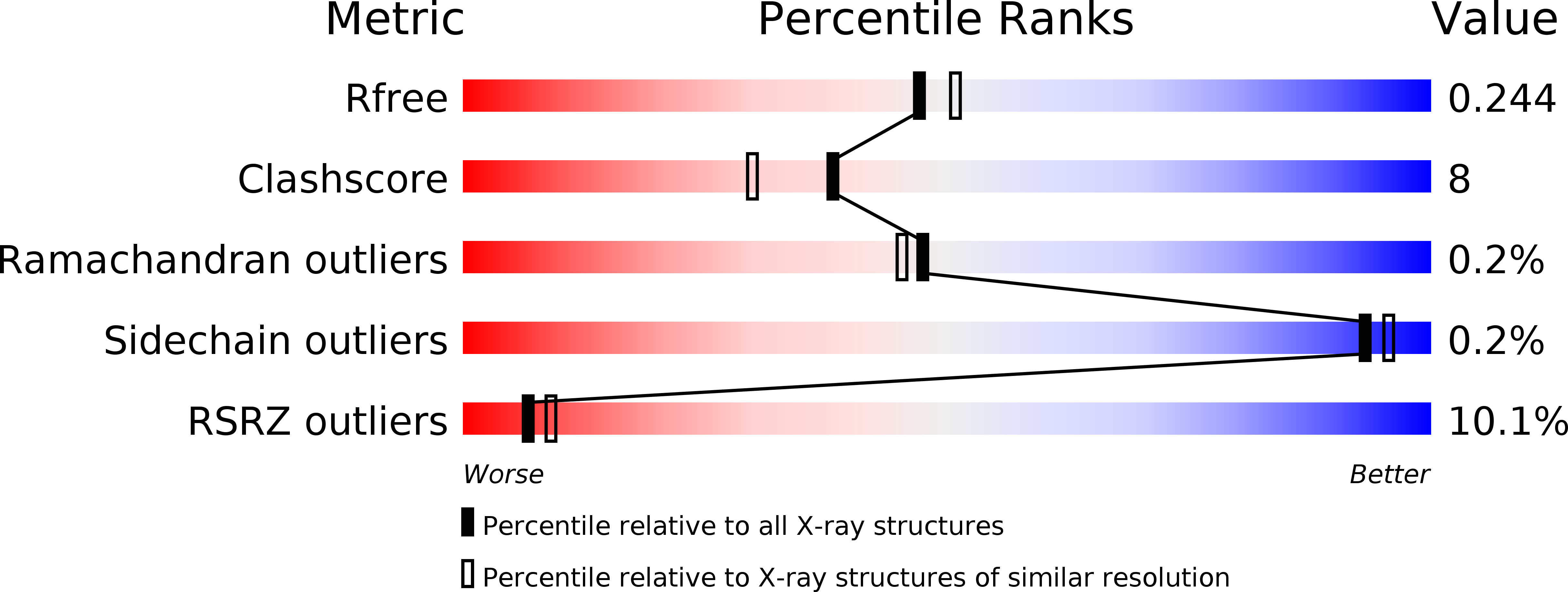
Deposition Date
2018-10-09
Release Date
2019-07-17
Last Version Date
2024-11-06
Method Details:
Experimental Method:
Resolution:
2.15 Å
R-Value Free:
0.24
R-Value Work:
0.18
R-Value Observed:
0.19
Space Group:
P 1 21 1


